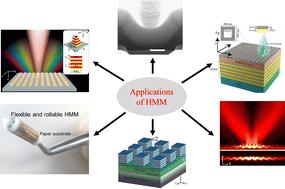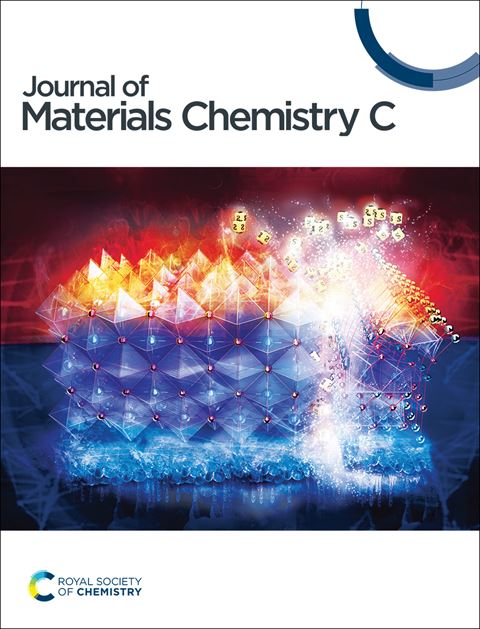双曲型超材料传感器研究进展综述
IF 5.1
2区 材料科学
Q2 MATERIALS SCIENCE, MULTIDISCIPLINARY
引用次数: 0
摘要
低分子、小质量的生物,如病毒和细菌,给现有传感器的技术进步带来了新的挑战。除了检测这些生物,一些应用,如检测蛋白质、气体、折射率和温度,需要彻底的创新,以提供高灵敏度、特异性、扩散限制运输和准确性。基于等离子体双曲超材料(HMM)的传感器可以利用高灵敏度的各向异性特性,为低成本、高精度的快速检测铺平道路。因此,本文将详细讨论基于hmm的传感器在不同应用领域的最新进展。本文章由计算机程序翻译,如有差异,请以英文原文为准。

Advances in hyperbolic metamaterial sensors: a comprehensive review
Low-molecular-small-weight organisms, such as viruses and bacteria, create new challenges to existing sensors’ technological advancement. Besides detecting these organisms, several applications, such as the detection of proteins, gases, refractive index, and temperature, require radical innovation to deliver high sensitivity, specificity, diffusion-limited transport, and accuracy. Plasmonic hyperbolic metamaterial (HMM)-based sensors might pave the way for low-cost and rapid detection with high accuracy by harnessing the highly sensitive anisotropic properties. Therefore, this review discusses in detail the latest developments in HMM-based sensors for different applications.
求助全文
通过发布文献求助,成功后即可免费获取论文全文。
去求助
来源期刊

Journal of Materials Chemistry C
MATERIALS SCIENCE, MULTIDISCIPLINARY-PHYSICS, APPLIED
CiteScore
10.80
自引率
6.20%
发文量
1468
期刊介绍:
The Journal of Materials Chemistry is divided into three distinct sections, A, B, and C, each catering to specific applications of the materials under study:
Journal of Materials Chemistry A focuses primarily on materials intended for applications in energy and sustainability.
Journal of Materials Chemistry B specializes in materials designed for applications in biology and medicine.
Journal of Materials Chemistry C is dedicated to materials suitable for applications in optical, magnetic, and electronic devices.
Example topic areas within the scope of Journal of Materials Chemistry C are listed below. This list is neither exhaustive nor exclusive.
Bioelectronics
Conductors
Detectors
Dielectrics
Displays
Ferroelectrics
Lasers
LEDs
Lighting
Liquid crystals
Memory
Metamaterials
Multiferroics
Photonics
Photovoltaics
Semiconductors
Sensors
Single molecule conductors
Spintronics
Superconductors
Thermoelectrics
Topological insulators
Transistors
 求助内容:
求助内容: 应助结果提醒方式:
应助结果提醒方式:


